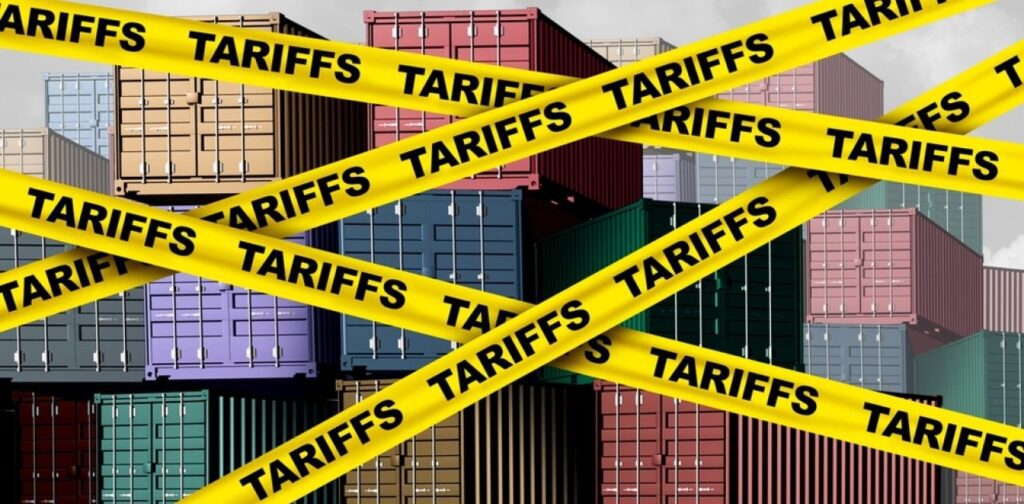Invoicing is essential for every business transaction. In China, however, invoicing is a more complex procedure due to a centralized invoicing system that restricts the issuance of VAT invoices. Furthermore, every company needs to issue an official invoice or more commonly called “fapiao” in order to avoid problems when it comes to paying taxes.
Read about Chinese Fapiao – What Is It and Why Does It Matter?
On the other hand, when a company in China makes a cross-border services payment, the service provider can only issue a foreign invoice instead of a Chinese fapiao. In this situation, enterprise taxpayers need to check some procedures to determine whether their expenses should involve paying taxes in China. Keep reading to learn more!
Invoice for cross-border service payments
According to the provision of China’s State Taxation Administration, domestic companies should withhold and pay value-added tax (VAT) including surcharges payable by overseas suppliers. As the case applies, the company in China should also withhold and remit enterprise income tax or corporate income tax (CIT) payable by overseas suppliers. Therefore, companies that make “across the border services payment” should carry out this tax rule. These services are related to the modern service industry except for tangible movable property leasing services. The tangible movable property includes, for example, a wide variety of equipment and miscellaneous assets such as jewelry, toys, and sports equipment.
The modern service industry carries a VAT rate of 6 percent. It includes the following services industry:
- R&D and technical services
- Information technology services
- Cultural and creative services
- Logistics and auxiliary services
- Audit, consulting, and tax services
To expense a purchase, the service provider in the United States should be able to issue an invoice to the company in China. But the transaction does not end here. There are some conditions in which the company in China should judge whether the expense should pay required taxes in China.
Read more about Electronic Invoice System in China and Current Developments
Conditions on withholding taxes
1. Evaluate whether the expense is labor expense or royalty expense.
Royalty expense: The contract between the Chinese (domestic) enterprise and overseas enterprise clearly stipulates that the ownership of the outcome of service belongs to the overseas enterprise. The rate of withholding income tax is based on a tax agreement between China and other countries. For the United States, the rate is 10 percent.
Labor expense: The ownership of the outcome of service belongs, otherwise, to the Chinese enterprise. The income obtained by the overseas enterprise is considered a service fee income.
2. Assess whether a labor expense must pay corporate income tax (CIT) for the income gained from the service fee of an overseas enterprise.
No need to pay CIT: This applies if the services provided by the overseas enterprise come from outside China. This means that the overseas supplier does not send employees to enter China, but rather provides the services via mail, telephone, fax, and other means.
Declare and pay CIT for all amounts of service: This applies when the overseas enterprise provides services for the company in China and it sends employees to complete the work within China. In case the overseas supplier sends employees to China to perform background investigation, data collection, and other preliminary work while the rest is completed overseas, the principle of labor service location still prevails. The service provided is considered to take place both inside and outside China. But only the service income obtained in China is declared and taxable.
3. Determine the applicable CIT rate of withholding and paying overseas enterprises.
If the overseas enterprise constitutes a permanent establishment in China, the tax rate of withholding and remitting enterprise income tax is 25 percent. If it constitutes a non-established organization, there is no need to pay CIT based on a country’s tax treaty with China.
How to determine if it constitutes a permanent establishment?
Permanent establishment: The overseas enterprise belongs to a tax treaty and has a fixed establishment or a place of business in China.
Non-established organization: The overseas enterprise bears all responsibilities and risks of the results of service and the work performance of the dispatched personnel will be assessed and evaluated. The dispatched staff is considered the establishment of the dispatched enterprise in China to provide labor services.
Withholding corporate income tax procedures
After determining that the cross-border services payment is taxable, the company in China will need to go through the withholding tax procedures to fulfill tax obligations. Take note that the service provider MUST issue an invoice first before any steps can be taken.
Contract registration
Previously, the tax bureau required contract registration which means submitting a copy of the service agreement. However, except for the limited circumstances specified in the announcement [2013] No. 40 of the State Administration of Taxation and the State Administration of Foreign Exchange, the contract no longer needs to be put on record. Nevertheless, the competent tax authority reserves the right to ask for the contract as necessary.
Assessment of taxes
According to the specific work content and contract agreement, both parties should judge the specific nature of the work content and the applicable tax rate. They should adjust the applicable tax rate according to the relevant tax treaty. Furthermore, they need to calculate the actual amount of corporate income tax payable in China according to the actual place where the work is completed.
Tax declaration and collection
The withholding agent makes an online or window declaration and fills in necessary forms such as a declaration form of “withholding tax settlement”. The withholding enterprise should report to its respective tax authority within 7 days from the date of withholding obligation and apply for a “tax certificate” for foreign exchange payment.
Making a payment
The CIT declared by the withholding enterprise can be paid in three ways: foreign remittance, setting up an offshore account with a domestic bank, or cash payment.
Contact us
S.J. Grand provides advisory on setting up a business in China. We put our competent team at your service to give you the most effective China market entry, due diligence, and tax optimization strategy for foreign-invested enterprises. Contact us to get you started.
Moreover, we have been at the forefront of promoting full automation of business operations, especially for startups and SMEs. We have introduced our Cloud-based advanced solution, Kwikdroid, to make business transactions easier with us, no matter what type or size of the company. Visit our Kwikdroid page to learn more about the services we offer.
You may be interested to read about how to manage your company remotely using the advantages of Kwikdroid. Check it out!If you want to know more about doing business in China, contact our team for consultation and assistance. Follow us on social media to get the latest news!
Our experienced team has the necessary expertise and the know-how to support you with your business – have a look at the services we offer.
See how much salary you receive after tax and check your company value without leaving WeChat!
Also, our Mini Program can estimate the salary in your industry, for your experience level and position. A huge help for salary negotiations!







